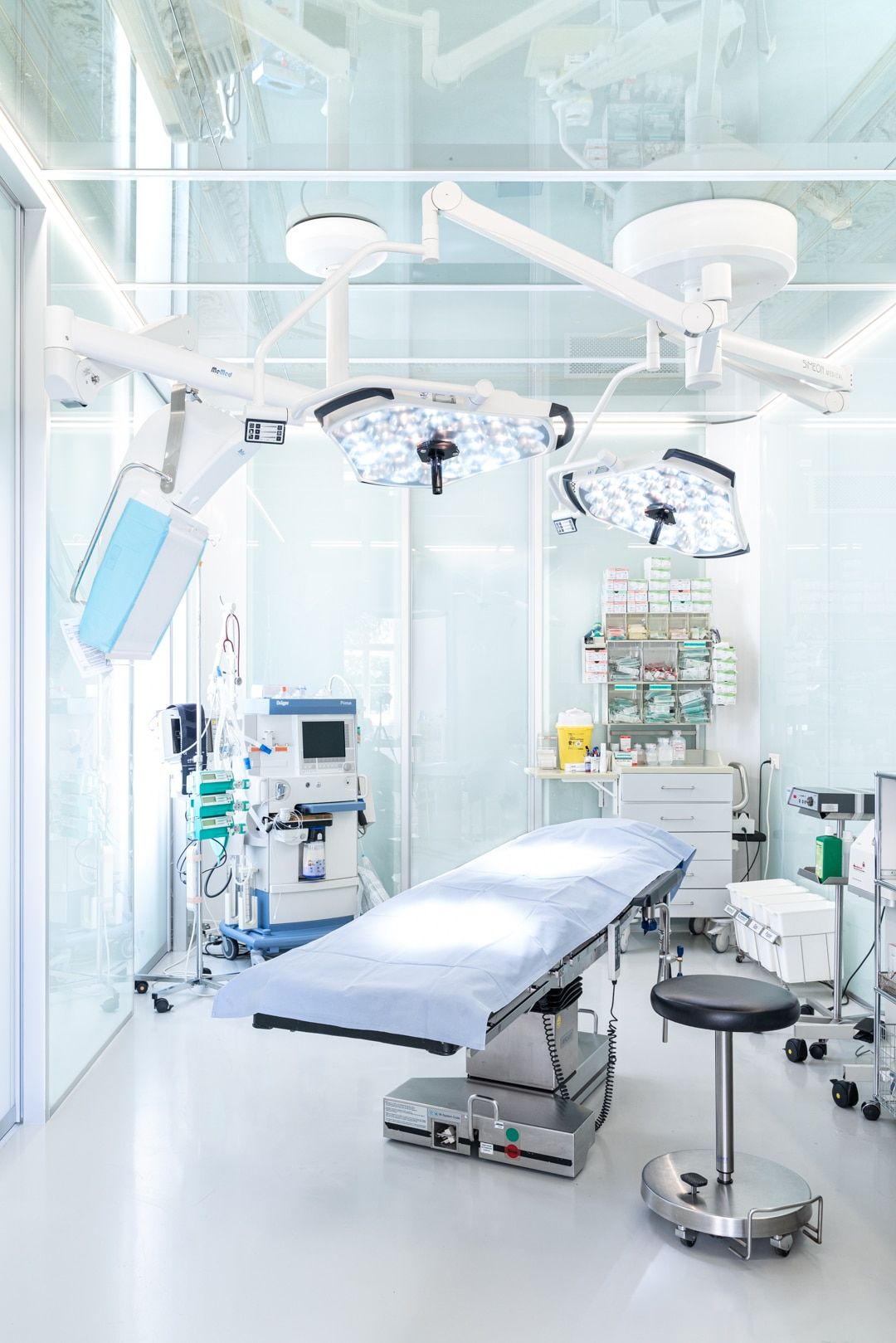
Complication Center
The rapid increase in complications in aesthetic facial treatments is due to the currently high number of treatments, a large number of unqualified practitioners, the use of unsuitable materials as well as individual body-specific causes. However, by establishing appropriate measures the risk of complications can significantly be reduced. These measures include comprehensive access to information for the client as well as extensive training and monitoring of practitioners in the field of aesthetic medicine.
Identifying complications
Early detection of complications can only be successful if their signs are correctly interpreted. Even if this is the responsibility of your surgeon, you should have the possibility to make a quick assessment for yourself. The time factor is elementary and in most cases a permanent problem can be prevented if appropriate actions are taken quickly.
The most common signs are:
- Darkening of the skin
- Redness
- Swelling
- Heat
- Pain
- Hardening
- Sensory disturbances
- Nodules
- Fluid leakage
- Fever
There are temporary and permanent complications.
Temporary complications are swelling, bruising, transient pain, tissue hardening, infection and short-term sensitivity impairment. Permanent complications are tissue damage such as necrosis, thrombosis, embolism with long-term effects and nerve damage. Permanent complications are tissue damage such as necrosis, thrombosis, embolism with long-term effects and nerve damage.
Treatment of complications
- Temporary complications can be influenced in a positive way regarding their severity and duration by appropriate measures (cooling, massage, painkillers/anti-inflammatories to antibiosis ).
- Permanent complications must be avoided by any means, only early detection can avoid or reduce extensive tissue damage.
The Pure Cell Institute is there to support you: